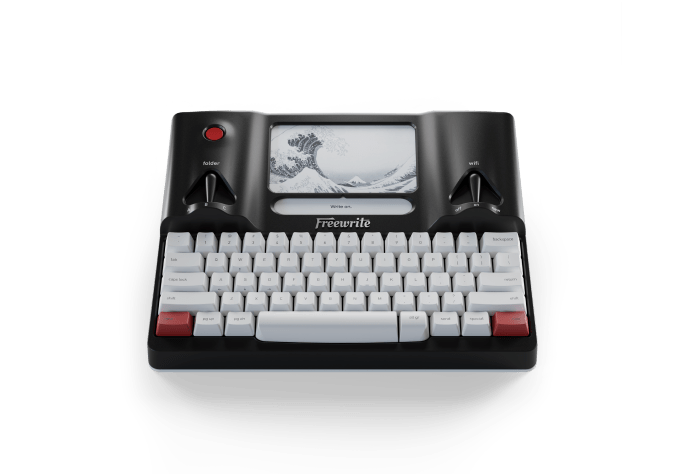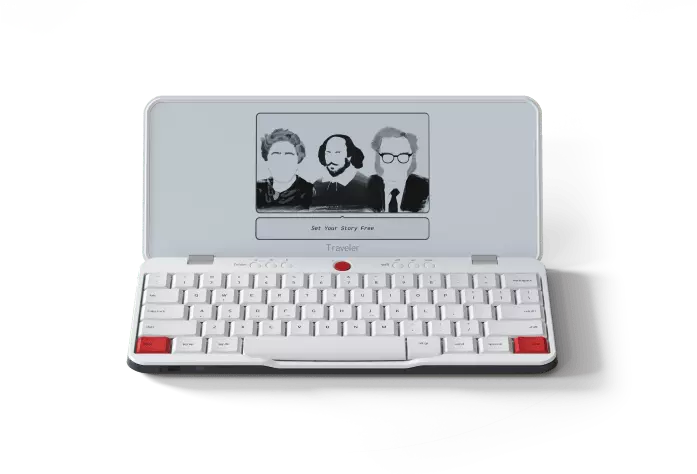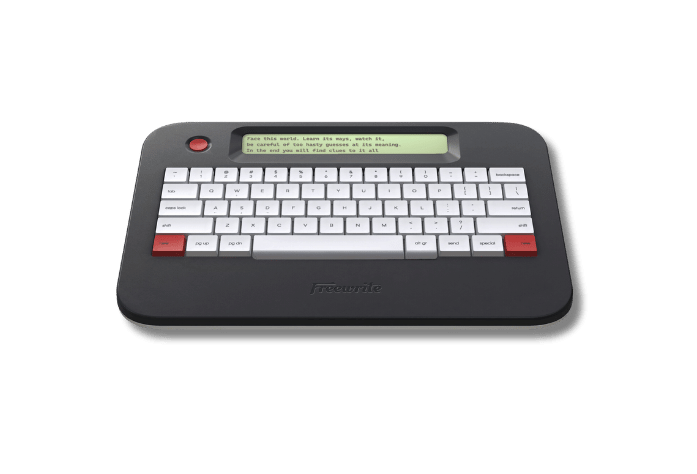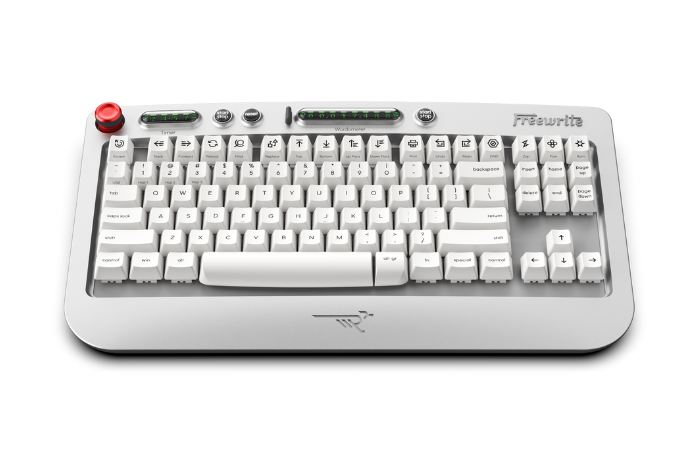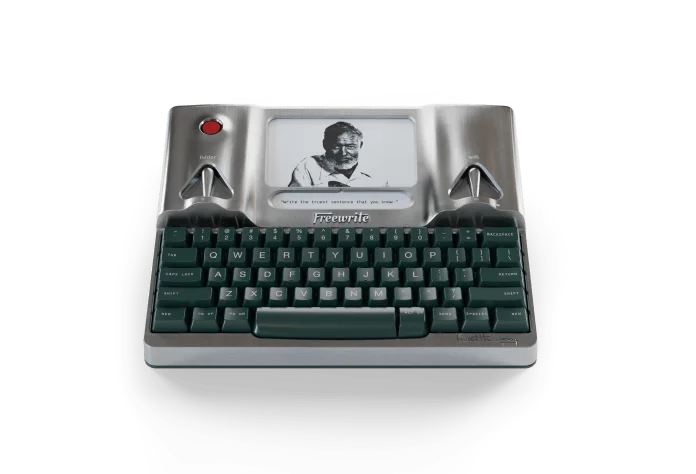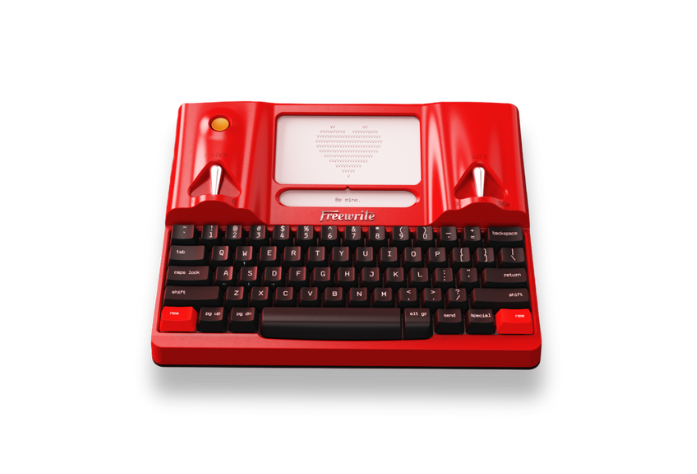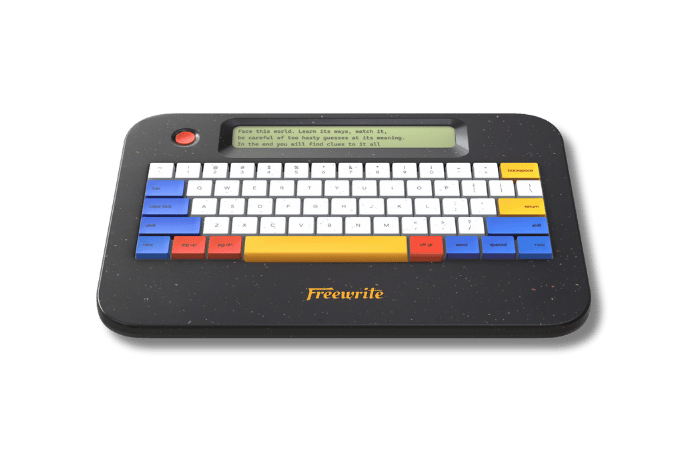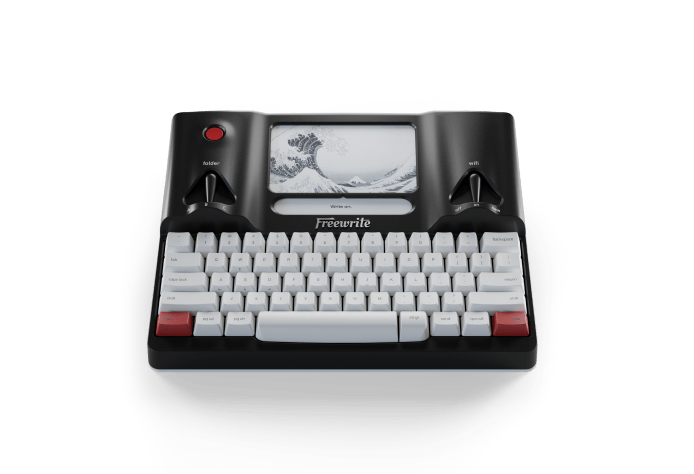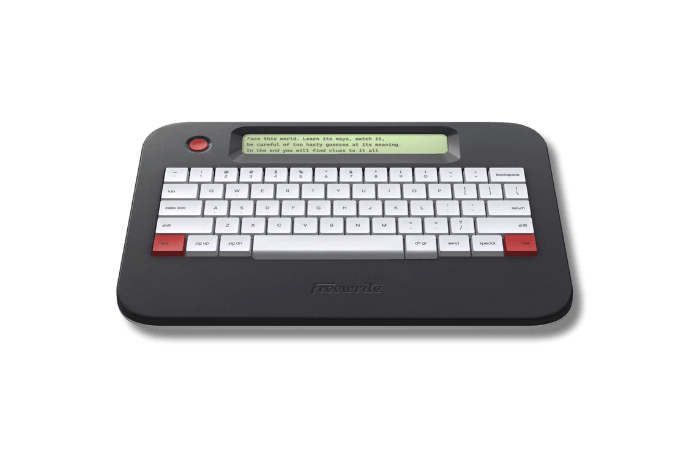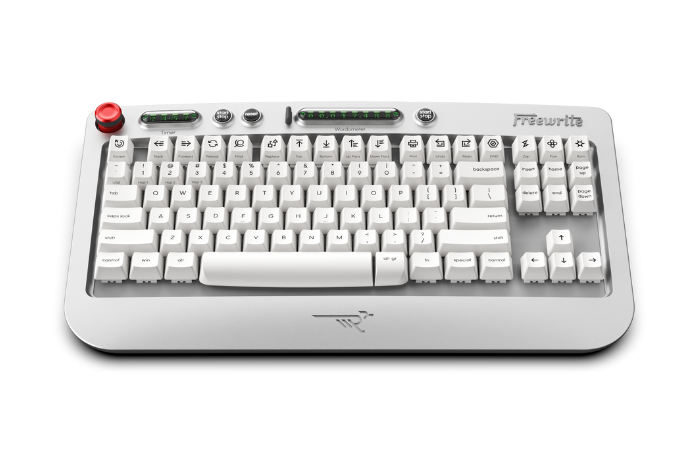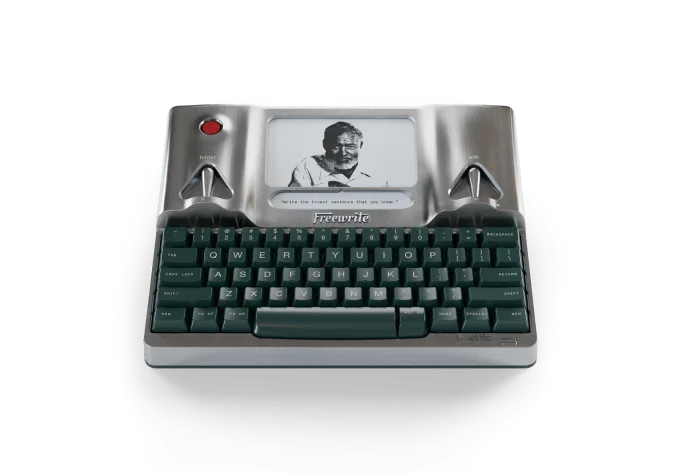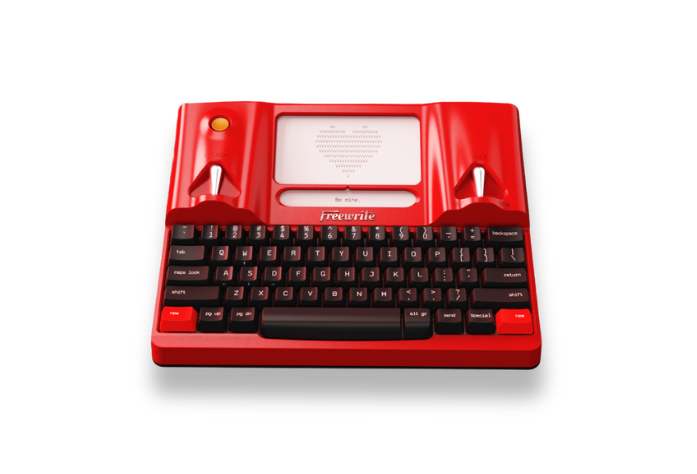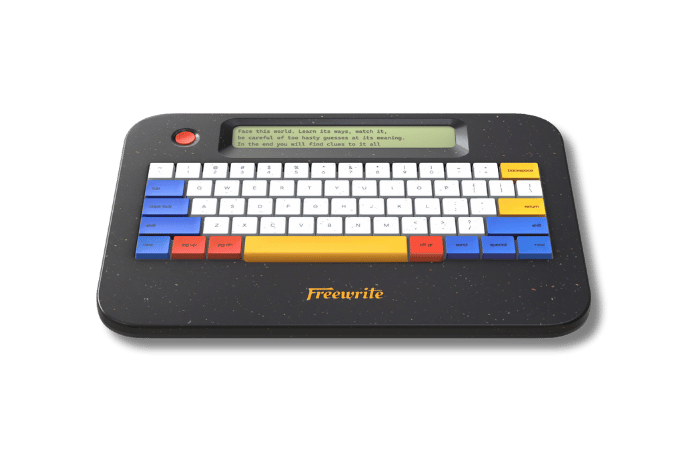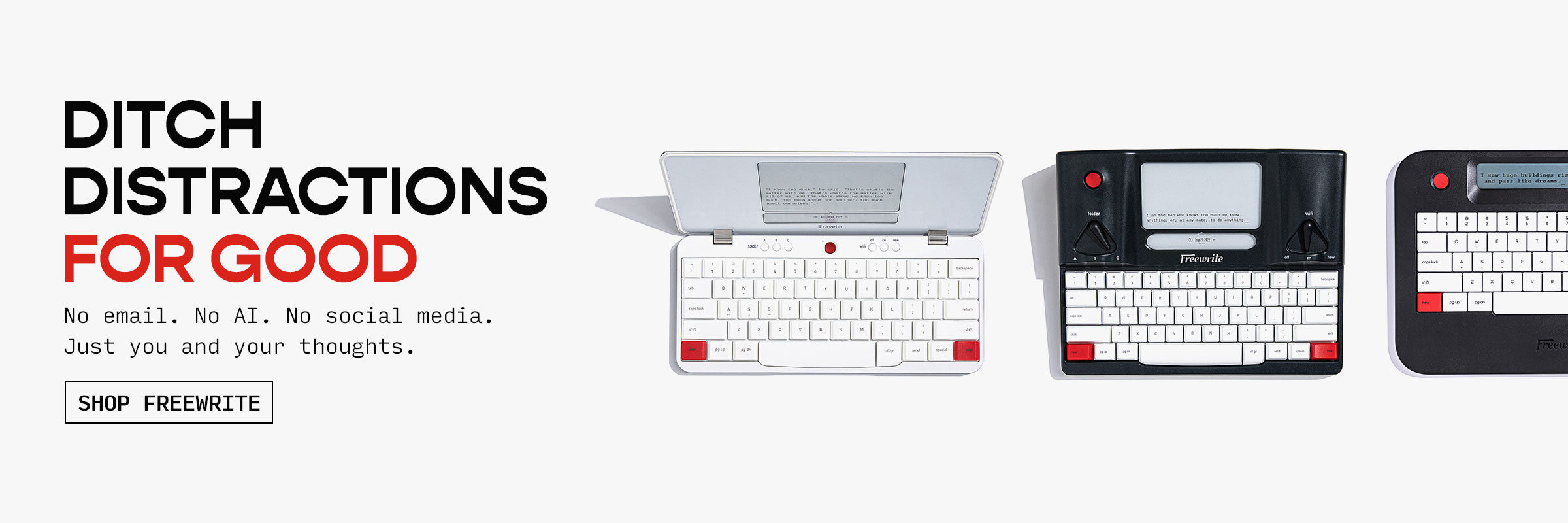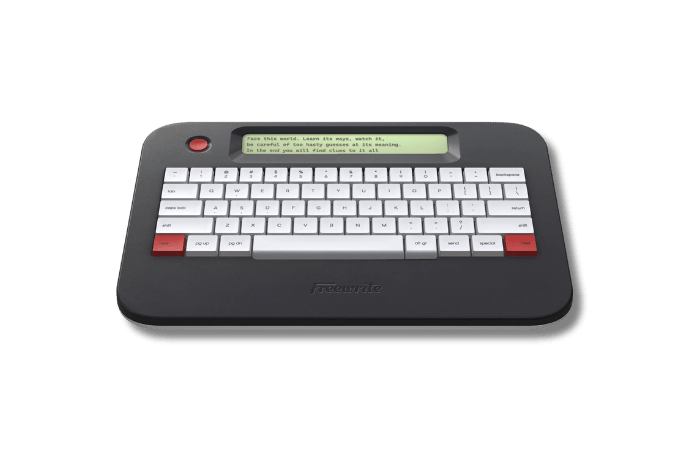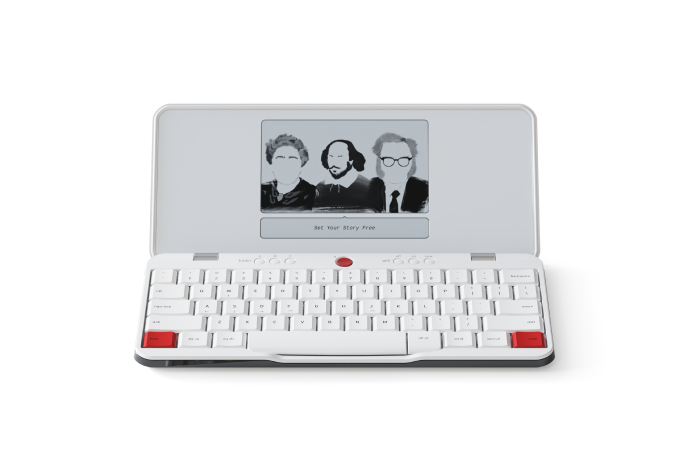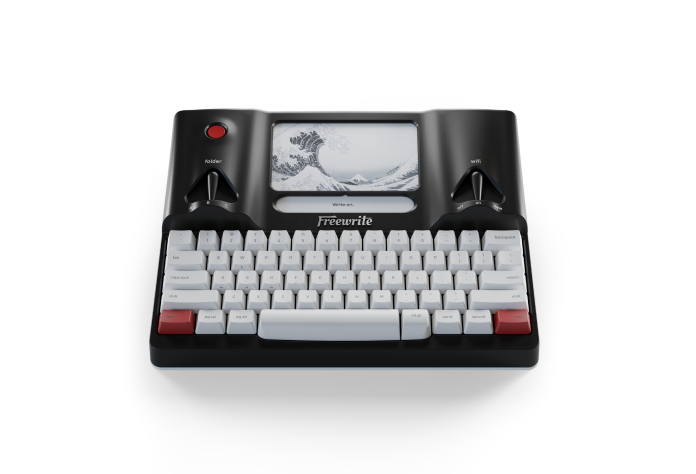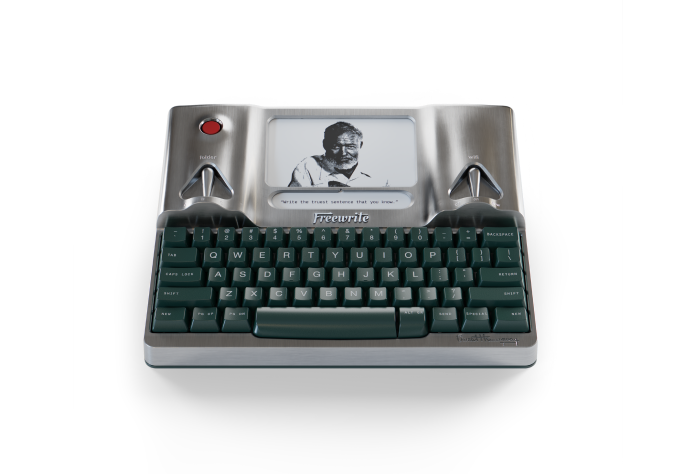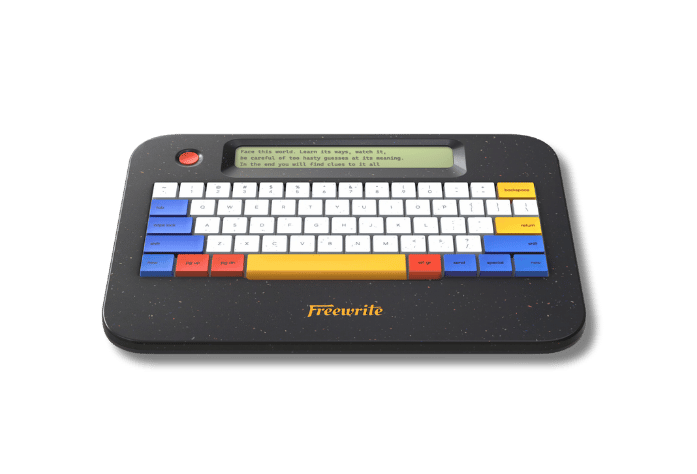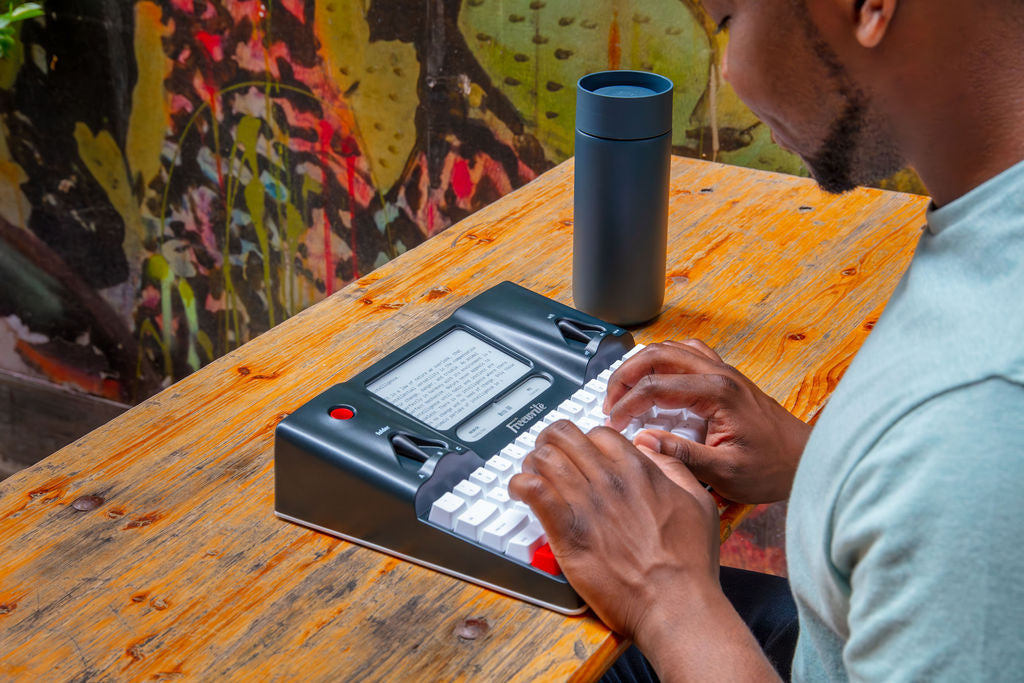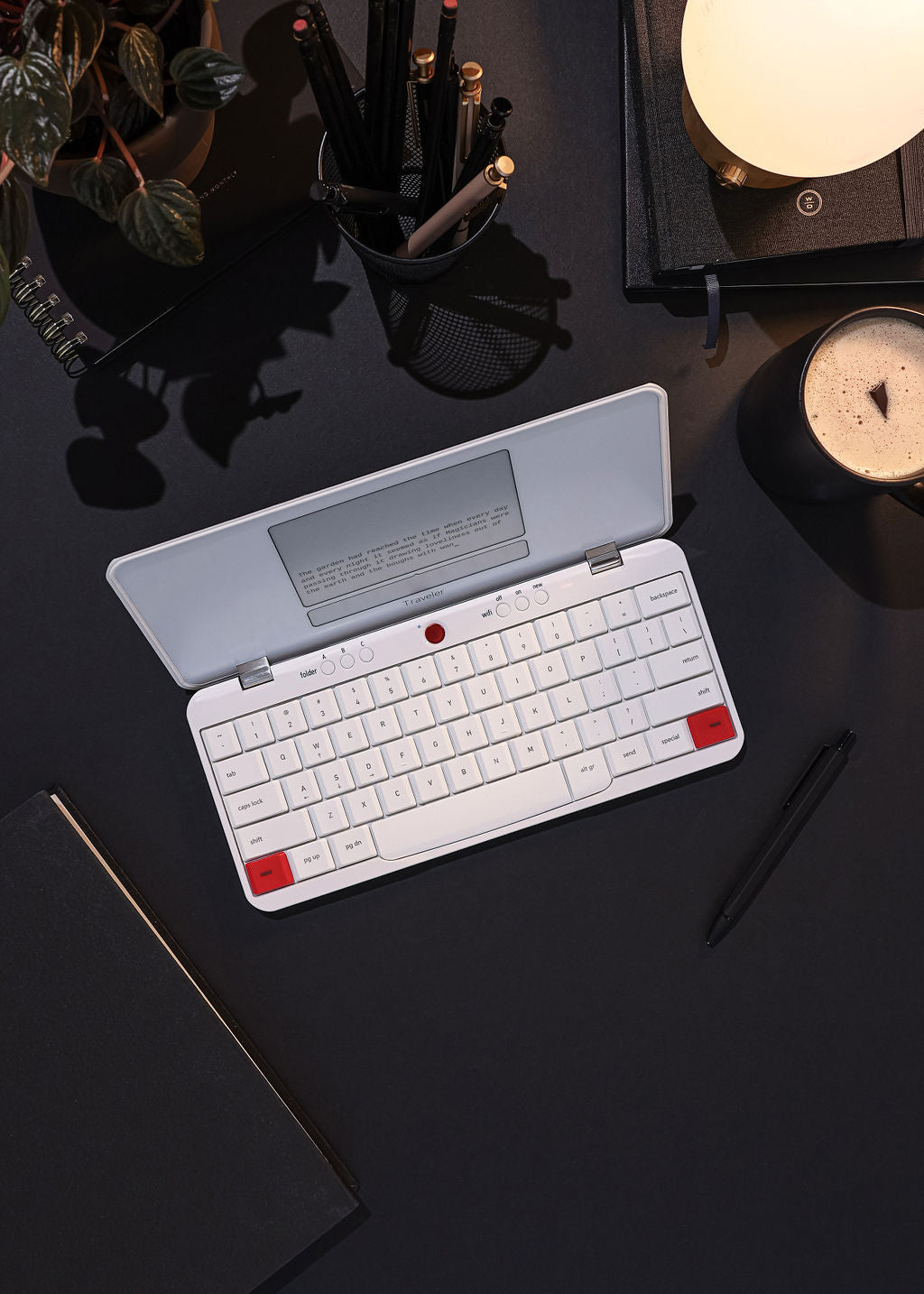Ever feel like you just have to check your phone, even when nothing's really happening? You're not alone. A lot of us are glued to our screens way more than we'd like to admit. But what's actually going on in our brains when we can't put the phone down? In this article, we’ll break it down in simple terms, so you can see how phone addiction might be shaping your brain and your everyday life.
What It Means to Be Addicted to Your Phone?
Phone addiction is when you feel like youhave to be on your phone all the time, even when you don’t need to be. It’s more than just checking messages or scrolling for fun - it’s when using your phone becomes a habit you can’t easily break, even if it’s getting in the way of your life.
Some Common Signs of Phone Addiction Include:
-
Checking your phone constantly, even for no real reason
-
Feeling anxious, bored, or irritable when you’re not on your phone
-
Losing track of time while scrolling or playing games
-
Reaching for your phone first thing in the morning and last thing at night
-
Ignoring people around you or other responsibilities to stay on your phone
If any of that sounds familiar, you’re definitely not alone. A lot of people experience these habits without realizing how much they affect their mind and mood.
The Brain’s Reward System
Your brain has a built-in system that helps you recognize and repeat behaviors that feel good. This is known as the reward system, and it’s powered by a chemical called dopamine.
What Is Dopamine?
Dopamine is a neurotransmitter - basically a chemical messenger in the brain. It’s released when you experience something pleasurable or rewarding. Here are some common activities that trigger dopamine:
-
Eating your favorite food
-
Laughing at a joke
-
Reaching a personal goal
-
Getting a compliment
-
Listening to music you love
It’s your brain’s way of saying,“Hey, that felt good - do it again!”
How Phones Trigger Dopamine
Smartphones are designed to give you quick rewards. Every time you:
-
Get a notification
-
Hear a ping or vibration
-
See a like or comment
-
Refresh a feed for new content
...your brain releases a small burst of dopamine. These moments feel good, even if only for a second. Over time, your brain starts craving these little hits more and more.
Why It Becomes Addictive
Phones use the same reward loops that make gambling, junk food, and even shopping addictive. The cycle looks like this:
Trigger - Action - Reward - Repeat
For example:
-
Trigger: You feel bored
-
Action: You pick up your phone
-
Reward: You see something interesting or get a like
-
Repeat: Your brain remembers that using your phone makes boredom go away
The more often this loop happens, the more your brain gets wired to reach for your phone, even when there’s no real reason.
The Long-Term Effect
As you keep chasing those fast dopamine hits, your brain’s sensitivity to reward starts to shift. You may notice:
-
Normal activities feel “boring” compared to phone use
-
It gets harder to focus without checking your phone
-
You reach for your phone without thinking
-
You feel restless or uneasy when your phone isn’t nearby
This doesn’t mean something is wrong with you - it just means your brain is reacting to how often it's being stimulated. The good news? Once you're aware of the pattern, you can start making changes that help reset your brain’s reward system.
How Phone Addiction Affects Your Mind and Body
Phones are incredibly useful, but using them too much can mess with how your brain works and how you feel day to day. Let’s take a closer look at how phone addiction affects your attention, memory, mood, and sleep.
Constant Distractions Kill Focus
It’s hard to concentrate when your phone is constantly lighting up or buzzing. Even if you don’t respond to a notification right away, just seeing or hearing it is enough to break your concentration. That means every time your phone grabs your attention, your brain has to switch gears, and it takes a while to refocus.
Over time, this constant switching makes it harder to stay focused for long periods. You may notice that it’s more difficult to concentrate on work, study for something important, or even follow a long conversation without feeling the urge to check your phone.
Multitasking Hurts Your Memory
Many people think they’re good at multitasking, but the truth is, our brains aren't designed to handle multiple streams of information at once. When you're constantly jumping between apps, messages, and real-world tasks, your brain struggles to hold onto short-term information.
This leads to forgetfulness, trouble remembering details, or losing track of what you were doing just moments ago. On top of that, since we rely on our phones to store everything for us, like phone numbers, reminders, or directions - we’re exercising our own memory less and less.
Mood, Anxiety, and Mental Health
Spending a lot of time on your phone, especially on social media, can really impact your mood. It's easy to start comparing your life to what you see online, and that can lead to feeling like you're not doing enough or not good enough.
You might also notice that you're more anxious when you're away from your phone, or feel stressed by the constant stream of messages, news, and updates. Some people even find their mood rising and falling based on how many likes or comments they get. Over time, this kind of emotional rollercoaster can contribute to deeper issues like anxiety or depression.
Screen Time and Sleep Don’t Mix
Using your phone before bed can seriously mess with your sleep. The blue light from the screen tells your brain to stay alert, even when you're trying to wind down. That light interferes with melatonin, the hormone that helps you fall asleep.
Plus, staying up to scroll or respond to notifications keeps your brain active when it should be resting. Even if you do fall asleep, your phone might wake you up with a sound or vibration, making it harder to get a full night of quality rest. And without good sleep, your mood, memory, and focus take a hit the next day.
How to Break the Cycle
If you feel like your phone is taking over your time and focus, you’re not alone. The good news is that small changes can make a big difference. You don’t have to quit your phone completely. The goal is to use it more intentionally instead of out of habit.
Start by noticing when and why you reach for your phone. Once you're aware of the habit, it gets easier to shift it. Try simple changes like turning off non-essential notifications, keeping your phone out of reach during meals, or setting time limits for apps.
Creating phone-free time helps too. Try staying off your phone for the first or last hour of your day, or during work and social time. Replacing screen time with something else you enjoy, like walking, reading, or just resting, can help your brain reset.
Most of all, be patient with yourself. You don’t have to be perfect. Even small steps toward healthier phone use can help you feel more focused and present.
How Distraction-Free Writing Devices Can Help
If you're trying to cut back on phone use and stay focused, one of the most effective changes you can make is switching to tools that support your goals. Instead of relying on phones, tablets, or laptops that are packed with distractions, devices like theFreewrite offer a completely different experience.
Freewrite devices are built with a simple purpose: to help you write without interruptions. There are no apps, no internet browsing, and no notifications pulling your attention away. Just a keyboard, screen, and a quiet space to think and create.
Using a device like this can help you reset your focus, build better habits, and break the cycle of distraction. If you’re looking for a more mindful way to work or express yourself, this kind of setup can be a powerful step in the right direction.
Let’s take a look at the distraction-free writing tools to help you find the right fit for your needs.

1. Smart Typewriter
TheSmart Typewriter is for writers who want to break away from the constant pull of digital noise and reconnect with the simple joy of getting words on the page. It's not just a writing device - it's a space built for clarity. By stripping away the usual distractions like emails, social media, and notifications, it helps you drop into a deeper, more focused state of flow. You’re not just writing here, you’re writing without interruption, without pressure, and without the clutter that often gets in the way.
Key Highlights:
-
Latest generation E Ink screen with frontlight for clear visibility day or night
-
Full-size mechanical keyboard with Kailh Box Brown switches and thick PBT keycaps
-
All-aluminum die-cast body with retractable handle
-
Seamless cloud syncing to Postbox, Dropbox, Google Drive, Evernote, and OneDrive
-
Long-lasting internal battery for extended writing time
-
Onboard storage for up to 1 million words
-
Supports 60+ languages and 85+ keyboard layouts
-
Offline document transfer with USB-C
-
Compatible with Freewrite Plus for more advanced features

2. Alpha
TheAlpha is a portable and approachable drafting device, built for writers who want to stay focused and creative no matter where they are. It’s lightweight, simple, and ready the moment inspiration hits. With no web browsing, email, or other common distractions, Alpha gives you a quiet space to write without interruptions. Whether you're commuting, working in a coffee shop, or writing from bed, Alpha helps you stay in flow and get your ideas down with ease.
Key Highlights:
-
Ultra-portable at just 1.6 lbs, perfect for writing on the go
-
Warm backlight with adjustable brightness for comfortable writing in any lighting
-
Anti-glare LCD display with 2-4 lines of focused text to keep your attention on the words
-
Full-size mechanical keyboard with quiet, low-profile Kailh Choc V2 switches
-
Integrated palm rest and fold-out kickstand for added comfort
-
Onboard storage for up to one million words
-
Cloud syncing with Postbox, Dropbox, Google Drive, Evernote, and OneDrive
-
Wi-Fi and USB-C support for online and offline use
-
100-hour battery life on a single charge
-
Supports over 30 languages and 60+ keyboard layouts

3. Traveler
TheTraveler is designed for writers who want the freedom to work anywhere without being weighed down or distracted. It’s light, compact, and built to go wherever you do, from coffee shops to cross-country trips. This device creates a quiet digital space where you can focus fully on your words, free from the pull of web browsers, notifications, or editing tools that break your flow.
Key Highlights:
-
Lightweight and portable design at just 1.6 lbs, about half the size of a laptop
-
E Ink display with adjustable viewing angle, readable even in bright sunlight
-
Full-size scissor switch keyboard with smooth, tactile typing feel
-
Built-in cloud syncing to Postbox, Dropbox, Google Drive, Evernote, and OneDrive
-
Local file saving and offline transfers via USB-C
-
Long-lasting battery with up to 4 weeks of usage (based on 30 minutes per day)
-
Onboard storage for up to 1 million words
-
Supports over 60 languages and 85+ keyboard layouts
-
Designed for writing on the go, without the distractions of typical screens

4. Alpha Cosmic Edition
TheAlpha Cosmic Edition isn’t just a writing device, it’s a creative experience built for those who want focus, portability, and a bit of flair. With its terrazzo-speckled black hull and warm backlight, this special edition turns late-night writing into something magical. It’s made for dreamers, deep thinkers, and anyone who wants to leave distractions behind and just write. Whether you're writing from a quiet room or under the stars, this is your go-anywhere creative companion.
Key Highlights:
-
Terrazzo-speckled black hull with colorful flecks inspired by a view from space
-
Full-size mechanical keyboard with Kailh Choc V2 low-profile tactile switches
-
Anti-glare LCD screen with warm backlight and five brightness levels
-
Compact and lightweight at just 1.6 lbs, designed for writing on the go
-
Includes exclusive felt sleeve with constellation-style stitching and leather trim
-
Onboard storage for up to one million words
-
Wi-Fi enabled with automatic cloud syncing to Postbox, Dropbox, Google Drive, OneDrive, and Evernote
-
Offline document transfer via USB-C
-
100-hour battery life for long writing sessions without needing a charge
-
Supports 30+ languages and 60+ keyboard layouts

5. Hemingwrite Signature Edition
TheHemingwrite Signature Edition is more than just a writing tool, it's a tribute to Ernest Hemingway’s bold spirit and no-frills approach to storytelling. Designed in collaboration with the Hemingway estate, this limited edition merges Freewrite’s distraction-free technology with a rugged, hand-polished aluminum body and classic green keycaps. Each unit is laser-engraved with Hemingway’s signature and built to feel like a true collector’s piece. Whether you're chasing your next big story or just want to reconnect with writing, this device invites you to craft your legacy with focus and intent.
Key Highlights:
-
Raw, hand-polished aluminum chassis with individually finished green keycaps
-
Official Hemingway estate collaboration with laser-engraved signature
-
Comes with a premium cognac leather attaché case with cream velvet interior
-
E Ink display for clear, eye-friendly writing in any light
-
Full-size mechanical keyboard and built-in drafting tools
-
Offline and automatic cloud syncing via Postbox, Google Drive, OneDrive, Dropbox, and Evernote
-
Long-lasting battery for extended writing sessions
-
Supports dozens of languages and keyboard layouts
-
OTA firmware updates and compatibility with Freewrite Plus

6. Valentine Smart Typewriter
TheValentine Smart Typewriter is a bold reimagining of a writing device, a statement. Inspired by the radical Italian design of 1969, it combines sharp looks with focused function. This special edition is for writers who want to cut through the noise and write with purpose. With its vibrant body, precision-crafted keyboard, and sleek carrying case, Valentine turns your drafting ritual into something personal and powerful. It’s a creative rebellion in a sleek package, ready for anything from a writing retreat to a neighborhood café.
Key Highlights:
-
Special edition inspired by the iconic 1969 Valentine typewriter
-
Aluminum body with mechanical keyboard and Box Brown tactile switches
-
E Ink display that reduces eye strain and stays readable in any lighting
-
Comes with a premium three-piece carrying case and branded strap for portability and style
-
Automatically syncs drafts to the cloud via Postbox, Dropbox, Google Drive, Evernote, and OneDrive
-
USB-C port for offline document transfers
-
Long-lasting battery for uninterrupted writing sessions
-
Supports dozens of languages and alternate keyboard layouts
-
OTA firmware updates and Freewrite Plus compatible
Distraction-free writing devices aren’t just about avoiding screens - they’re about reclaiming your focus and giving your thoughts room to breathe. Whether you're working on a novel, journaling, or just trying to stay present in your creative process, these tools help cut the noise so you can concentrate on what matters: the words. With fewer distractions and a clearer mind, you might be surprised how much easier it becomes to think deeply, write consistently, and actually enjoy the process.
Conclusion
Phone addiction is real, and it affects how we think, feel, and live. The good news is that taking back your attention doesn’t have to be overwhelming. By understanding how your brain responds to constant digital input, you can start making small changes that lead to better focus, deeper thinking, and a stronger connection to your creativity.
This isn’t about cutting out technology completely - it’s about being more intentional with how you use it. Creating space in your day that’s free from screens, limiting distractions, and choosing tools that support your mental clarity can make a real difference. In a world that constantly pulls your attention in every direction, finding quiet moments to think, reflect, and create is more valuable than ever.
Frequently Asked Questions
What is phone addiction?
Phone addiction is the constant urge to check or use your phone, even when there's no real need. It often leads to reduced focus, anxiety when you're away from your device, and difficulty being present in everyday life.
How does phone addiction affect the brain?
It taps into your brain’s reward system, releasing dopamine each time you get a notification, message, or like. Over time, this trains your brain to crave more of that stimulation, which can make it harder to focus, remember things, or feel content without your phone.
Can phone addiction lead to mental health issues?
Yes, it can. Constant comparison on social media, information overload, and the pressure to always be available can increase feelings of anxiety, stress, and even depression.
Does using your phone before bed really affect sleep?
Yes. The blue light from screens reduces melatonin, a hormone that helps regulate sleep. Plus, scrolling or responding to messages keeps your brain active when it should be winding down.
What are some signs that I might be addicted to my phone?
Common signs include checking your phone first thing in the morning or last thing at night, feeling anxious when it's not nearby, losing track of time while scrolling, and struggling to focus without checking notifications.
How can I start breaking the habit?
Start small. Set time limits for certain apps, turn off non-essential notifications, and create phone-free zones or times in your day - like during meals or the hour before bed. Replace some screen time with other activities you enjoy.
Is it possible to rebuild focus and attention?
Absolutely. Your brain can adapt. By reducing distractions, creating better screen habits, and practicing deep focus in small chunks, you can retrain your attention span and feel more in control of your time.

